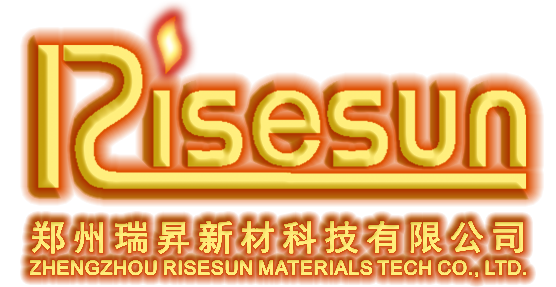22
2024
-
12
Understanding the Resistance of Silicon Carbide Heating Elements: Essential Insights for Electrical Professionals
Silicon carbide (SiC) heating elements have become increasingly popular in various industrial applications due to their excellent thermal and electrical properties. One of the most critical factors to consider when working with these heating elements is their resistance. Understanding the resistance of silicon carbide heating elements is essential for ensuring optimal performance, efficiency, and
Silicon carbide (SiC) heating elements have become increasingly popular in various industrial applications due to their excellent thermal and electrical properties. One of the most critical factors to consider when working with these heating elements is their resistance. Understanding the resistance of silicon carbide heating elements is essential for ensuring optimal performance, efficiency, and lifespan.
The resistance of silicon carbide heating elements is influenced by several factors, including temperature, material composition, and the physical dimensions of the element. High-temperature applications often require a careful assessment of resistance because it can change significantly with temperature fluctuations. As the temperature increases, the resistance tends to decrease, which is a characteristic behavior of semiconductor materials like silicon carbide. Therefore, it is vital to monitor the operational temperature closely to maintain the desired performance.
Another key aspect to consider is the material composition of the silicon carbide heating element. The purity of the silicon carbide and the presence of other additives can significantly impact resistance. For instance, higher purity silicon carbide tends to exhibit lower resistance, allowing for more efficient heating. Additionally, the grain structure and density of the silicon carbide material can also affect its resistance properties, influencing the overall efficiency and heating uniformity.
When selecting silicon carbide heating elements for specific applications, it is crucial to evaluate the required resistance levels. This will ensure that the heating elements provide adequate heat transfer and do not overheat, which could lead to premature failure. Electrical professionals should perform calculations based on the desired operating conditions and application requirements to determine the most suitable heating element specifications.
The advantages of silicon carbide heating elements extend beyond their resistance characteristics. They offer excellent thermal shock resistance and high-temperature stability, making them suitable for applications in harsh environments. Furthermore, they can operate effectively in reducing atmospheres, which is beneficial for various industrial processes.
In conclusion, understanding the resistance of silicon carbide heating elements is vital for professionals in the electrical heating industry. By considering factors such as temperature, material composition, and design specifications, one can select the most appropriate heating elements to enhance efficiency and performance. Staying informed about these properties ensures that electrical applications run smoothly and reliably, ultimately leading to better outcomes in industrial processes.
The resistance of silicon carbide heating elements is influenced by several factors, including temperature, material composition, and the physical dimensions of the element. High-temperature applications often require a careful assessment of resistance because it can change significantly with temperature fluctuations. As the temperature increases, the resistance tends to decrease, which is a characteristic behavior of semiconductor materials like silicon carbide. Therefore, it is vital to monitor the operational temperature closely to maintain the desired performance.
Another key aspect to consider is the material composition of the silicon carbide heating element. The purity of the silicon carbide and the presence of other additives can significantly impact resistance. For instance, higher purity silicon carbide tends to exhibit lower resistance, allowing for more efficient heating. Additionally, the grain structure and density of the silicon carbide material can also affect its resistance properties, influencing the overall efficiency and heating uniformity.
When selecting silicon carbide heating elements for specific applications, it is crucial to evaluate the required resistance levels. This will ensure that the heating elements provide adequate heat transfer and do not overheat, which could lead to premature failure. Electrical professionals should perform calculations based on the desired operating conditions and application requirements to determine the most suitable heating element specifications.
The advantages of silicon carbide heating elements extend beyond their resistance characteristics. They offer excellent thermal shock resistance and high-temperature stability, making them suitable for applications in harsh environments. Furthermore, they can operate effectively in reducing atmospheres, which is beneficial for various industrial processes.
In conclusion, understanding the resistance of silicon carbide heating elements is vital for professionals in the electrical heating industry. By considering factors such as temperature, material composition, and design specifications, one can select the most appropriate heating elements to enhance efficiency and performance. Staying informed about these properties ensures that electrical applications run smoothly and reliably, ultimately leading to better outcomes in industrial processes.



